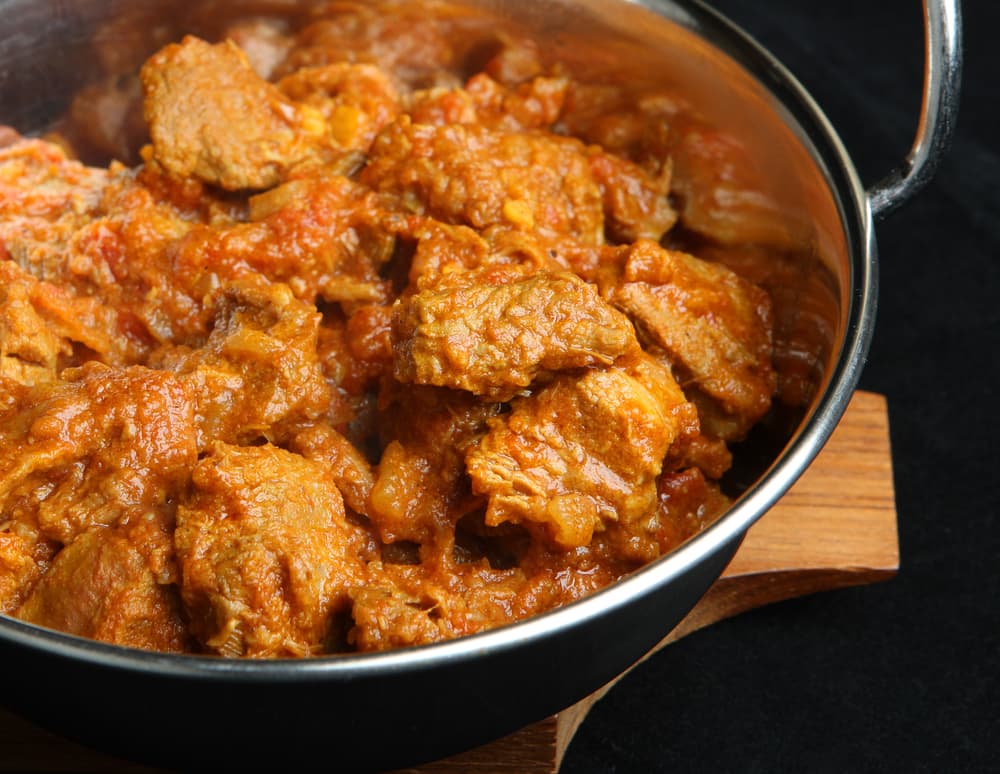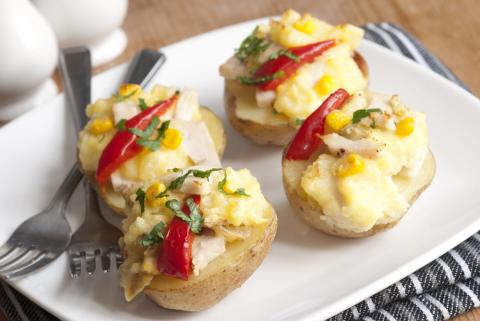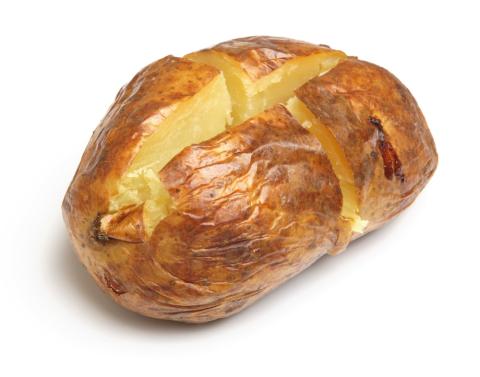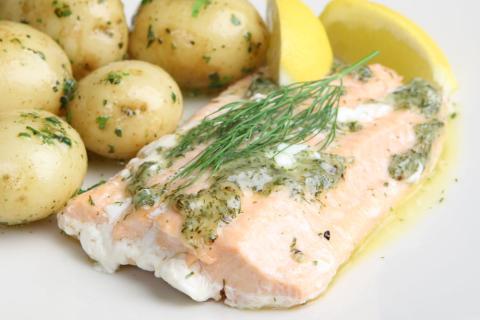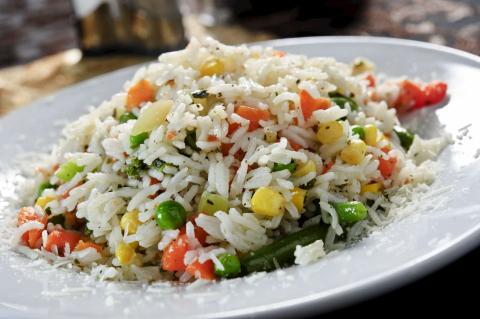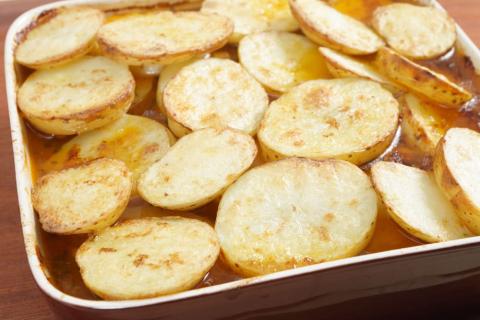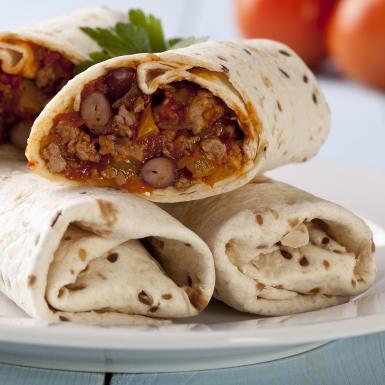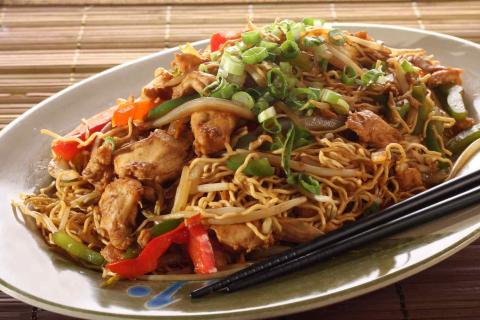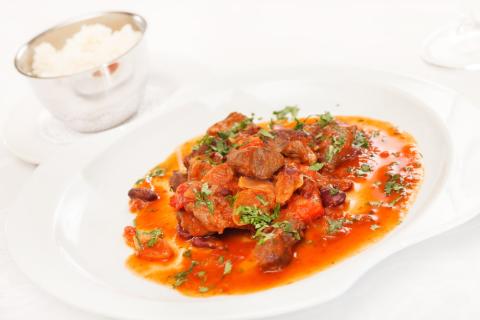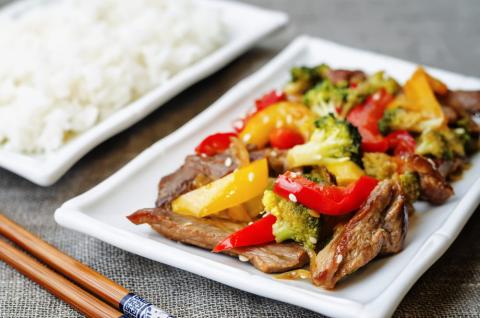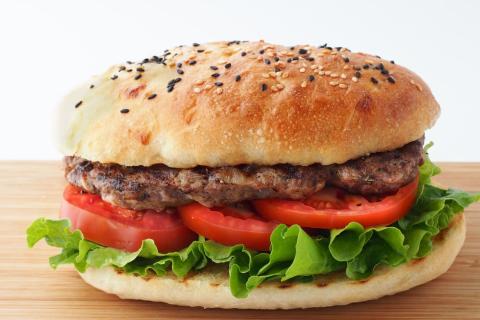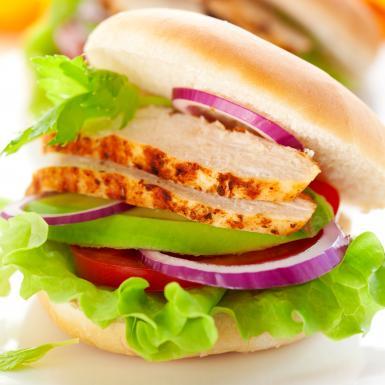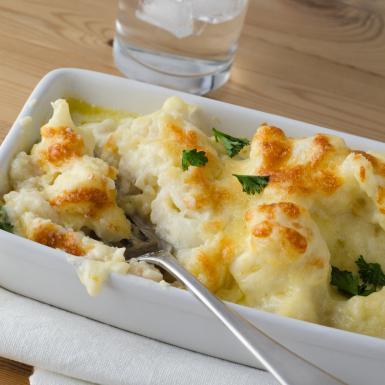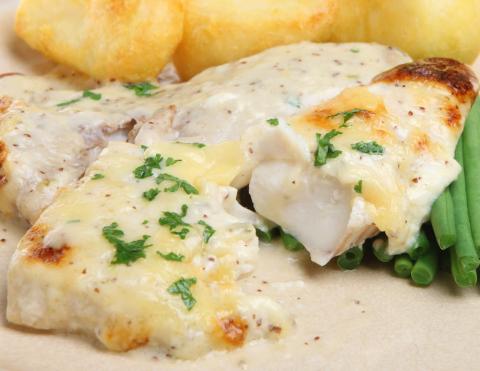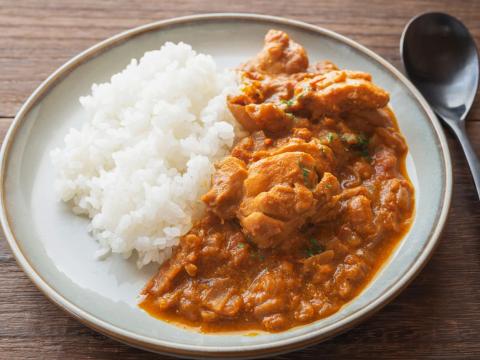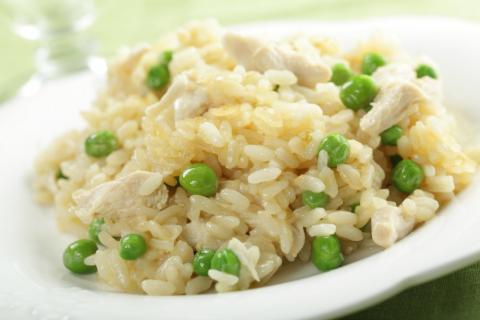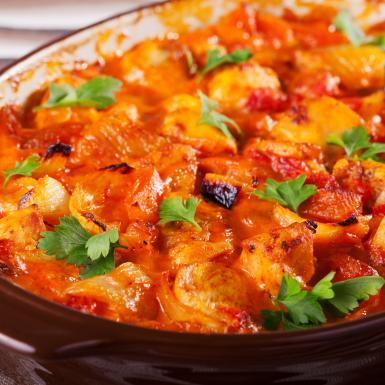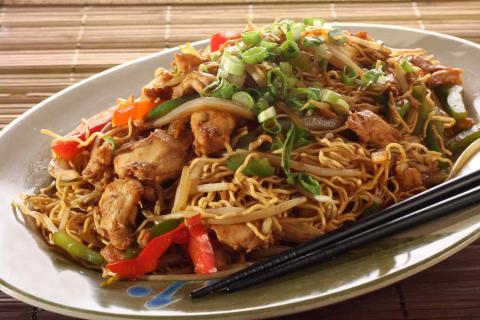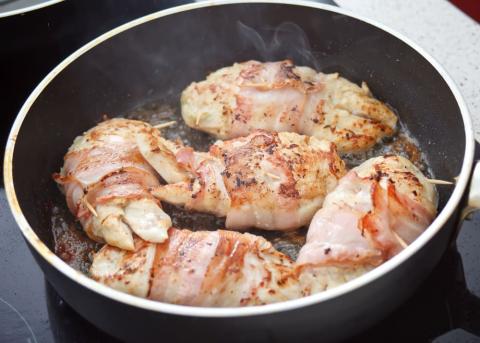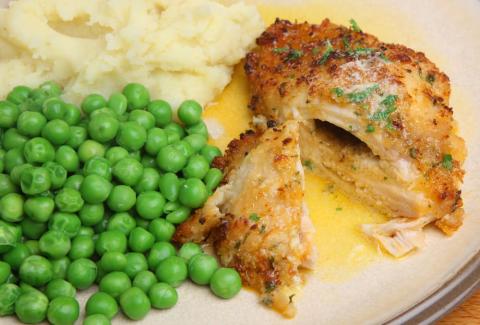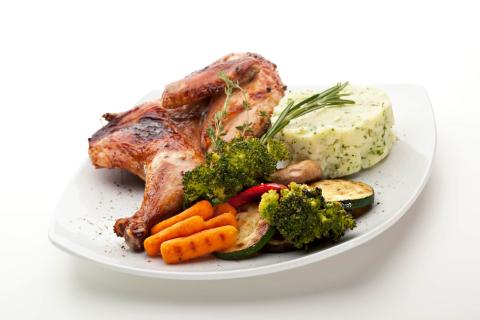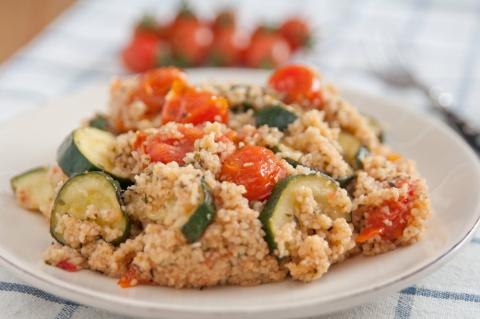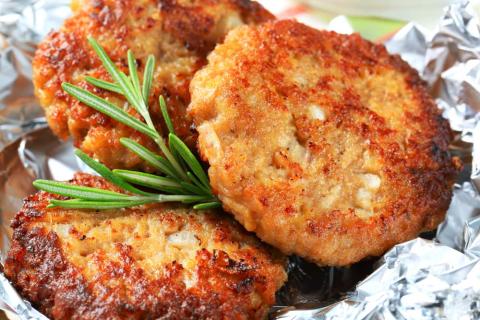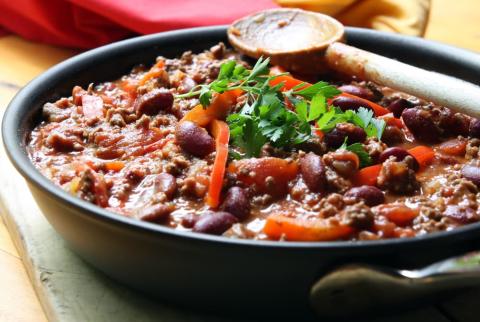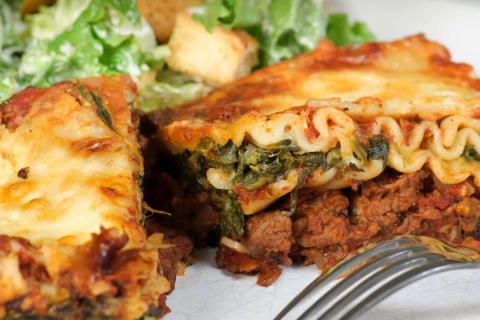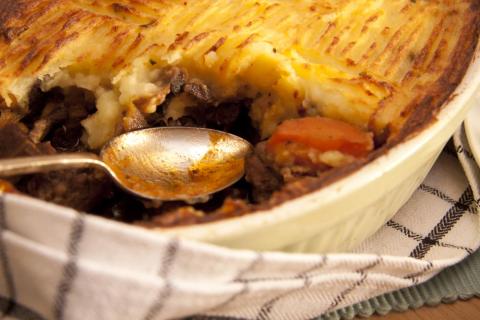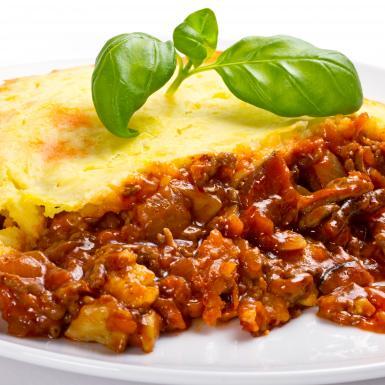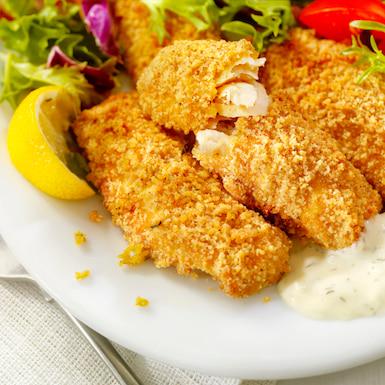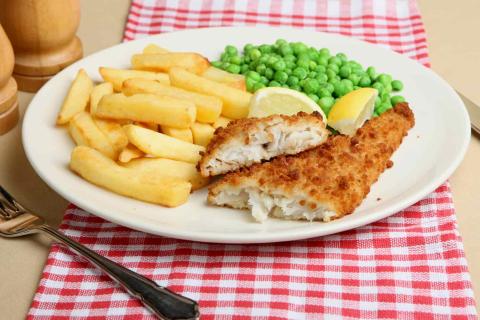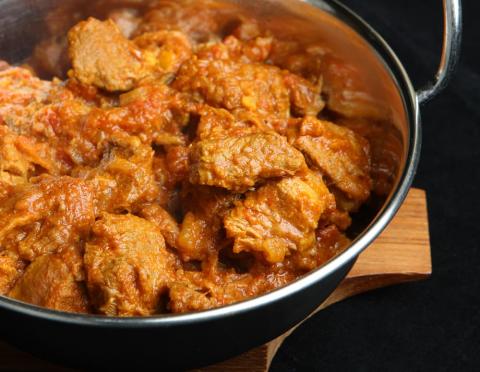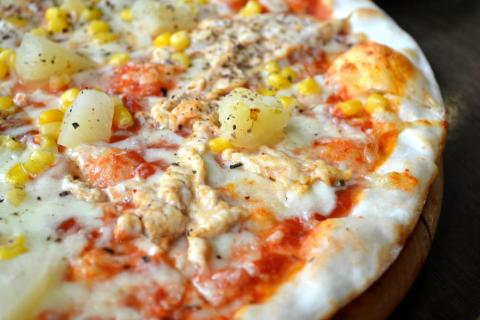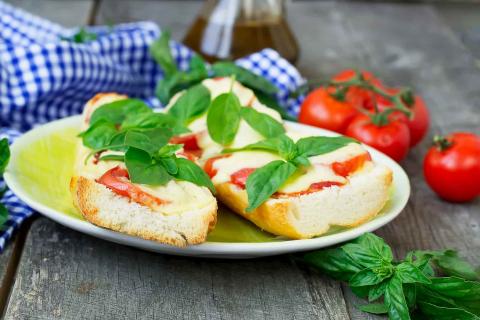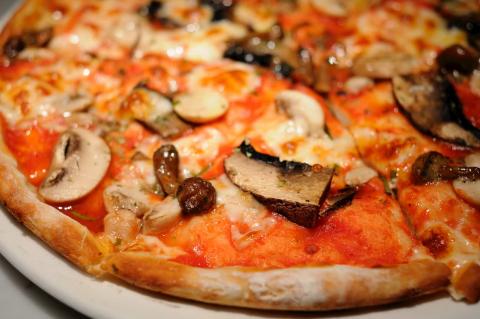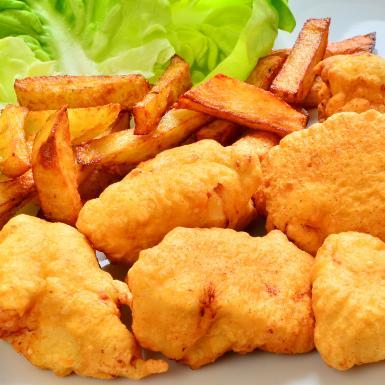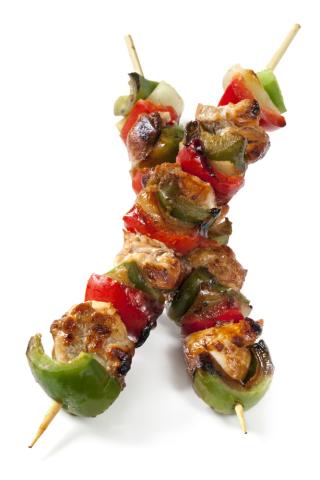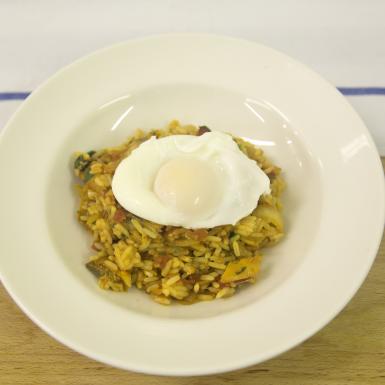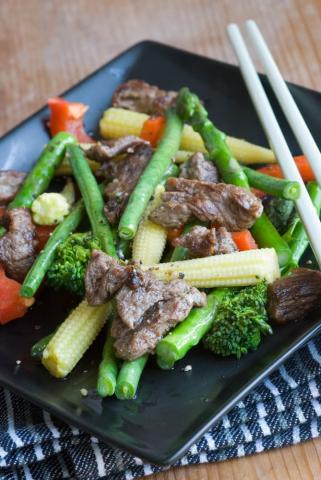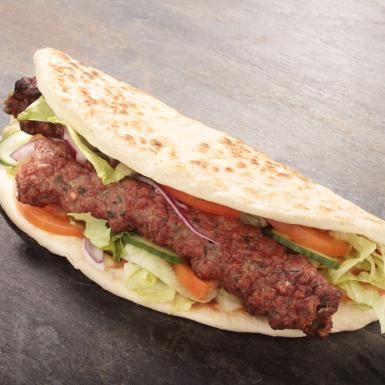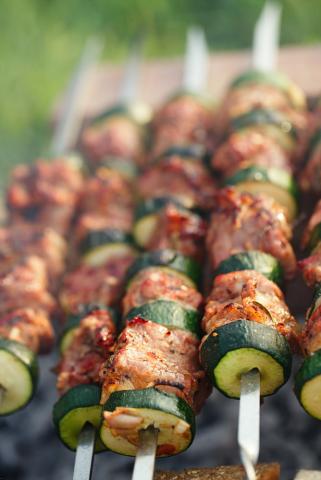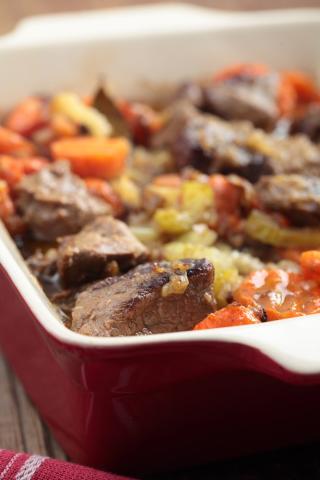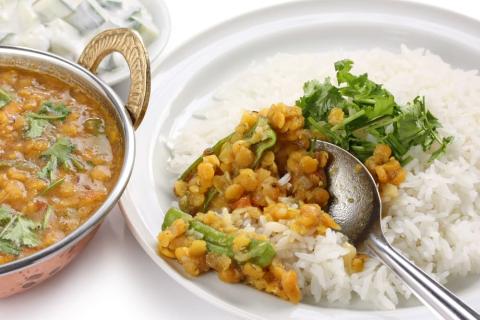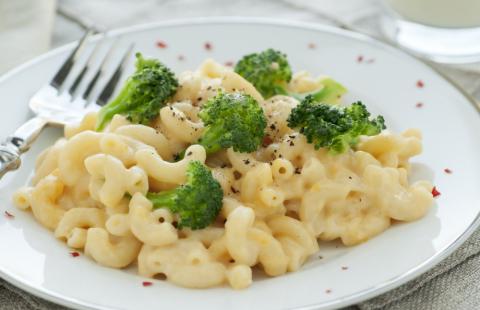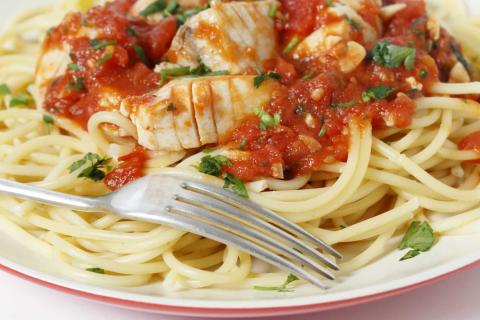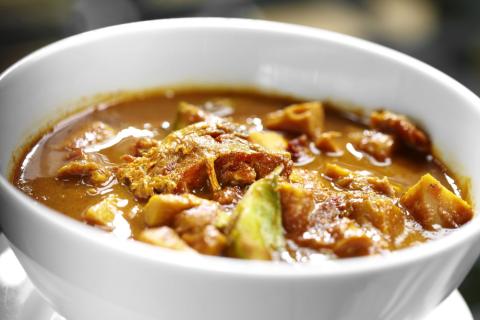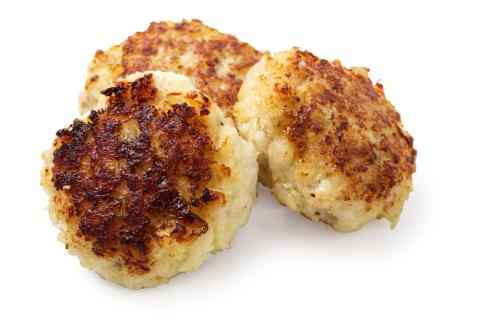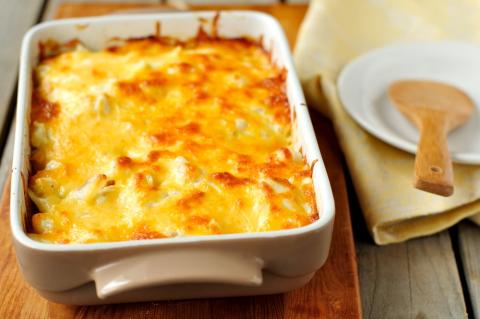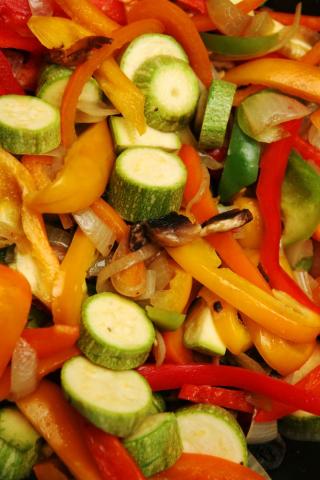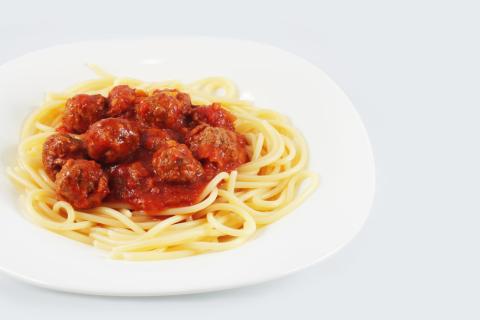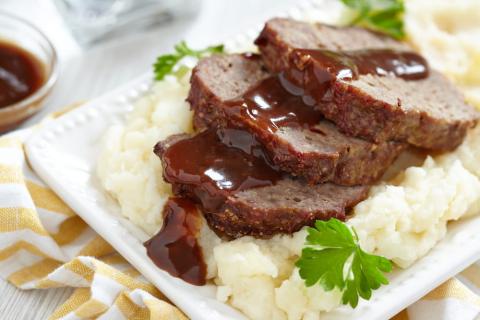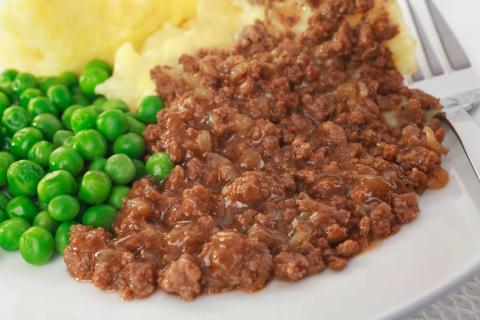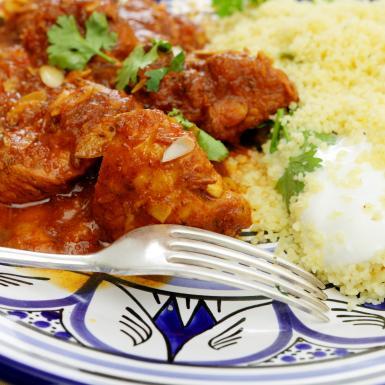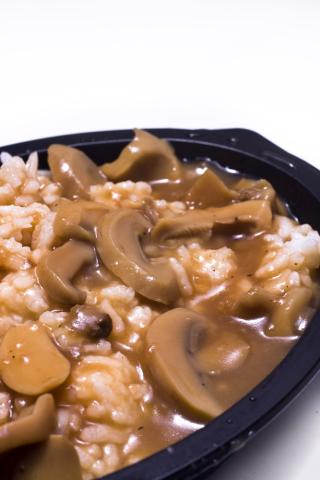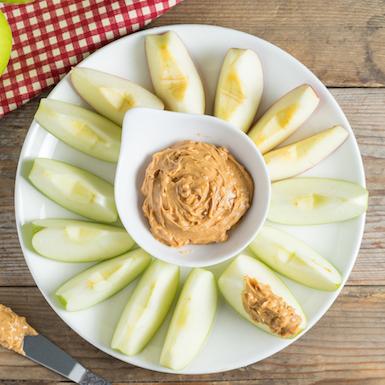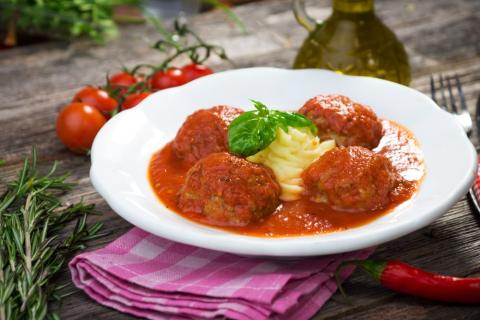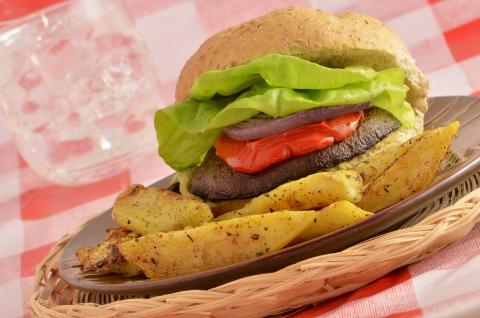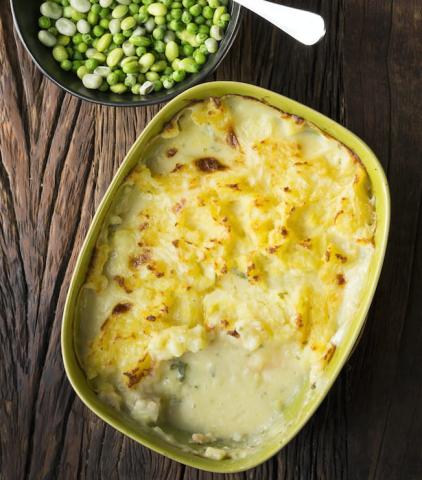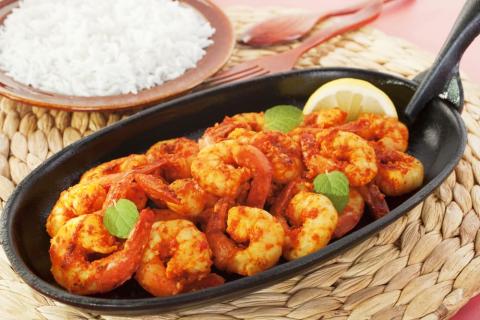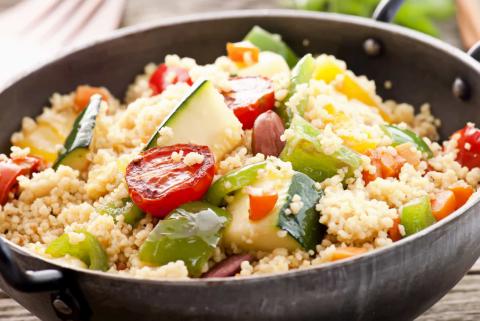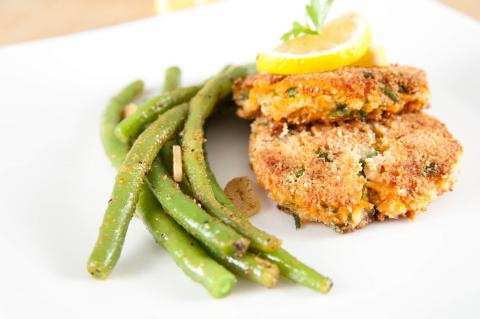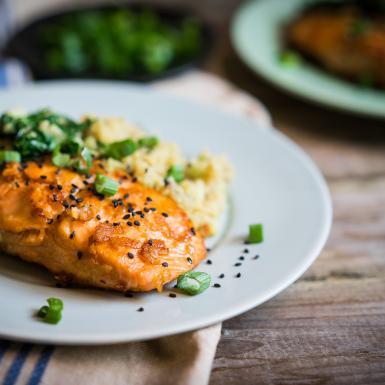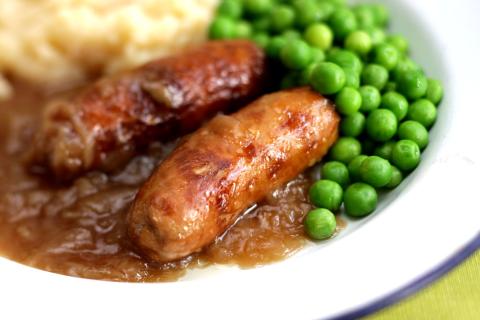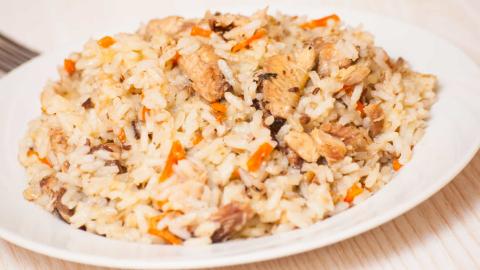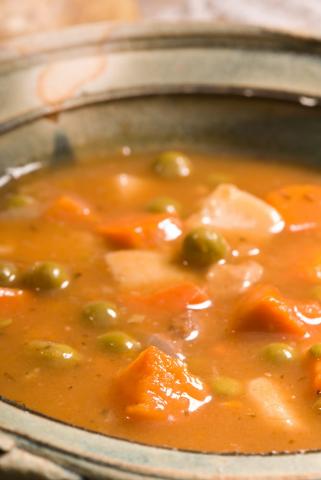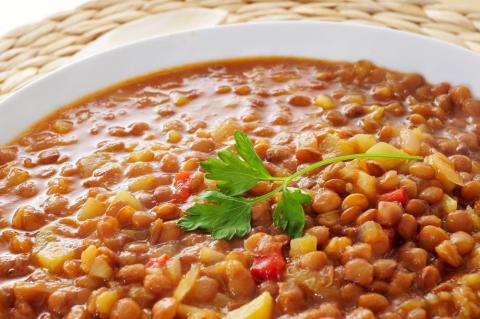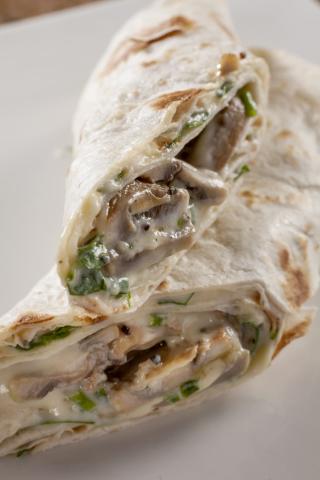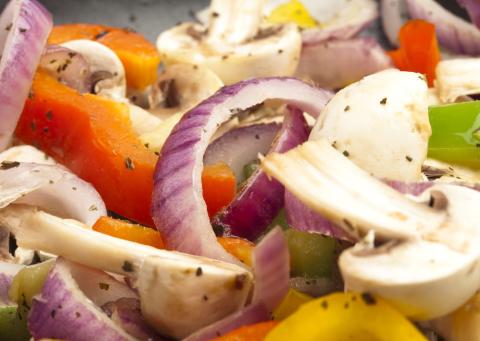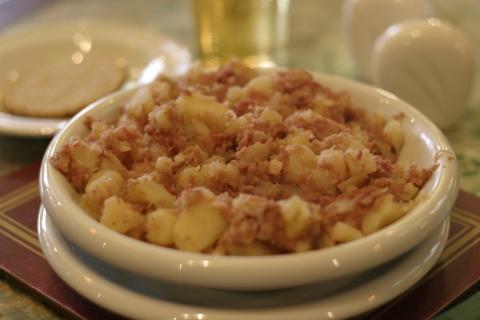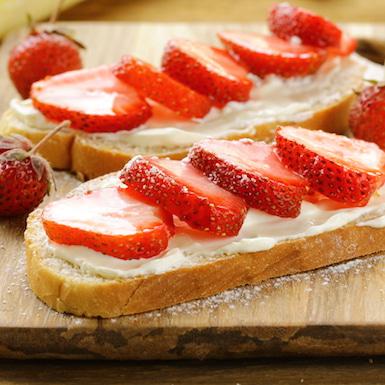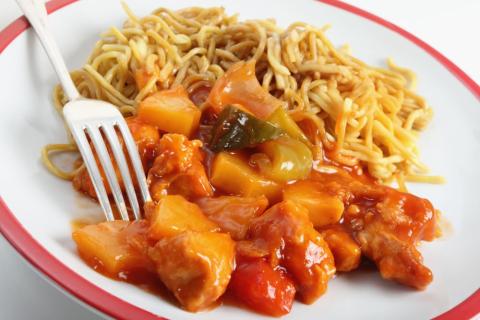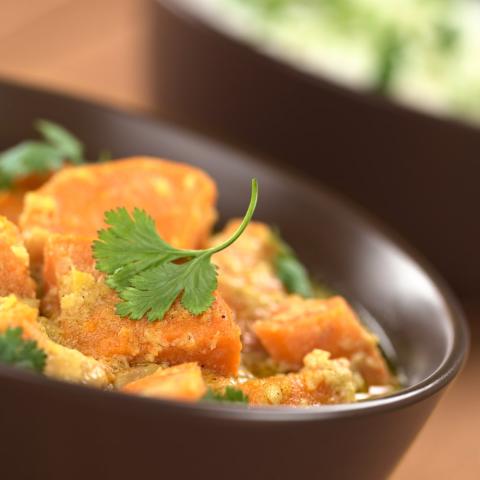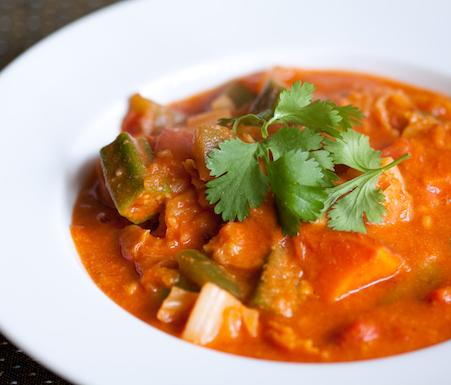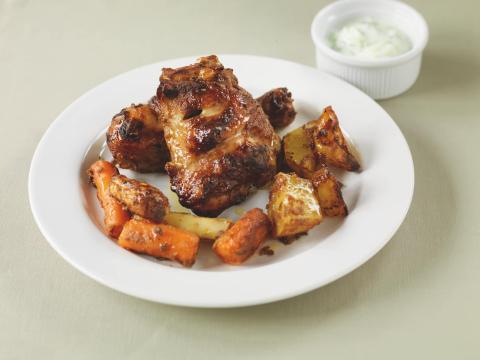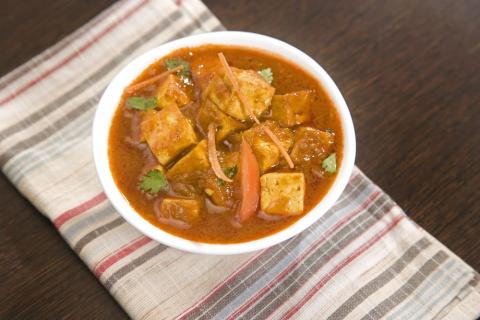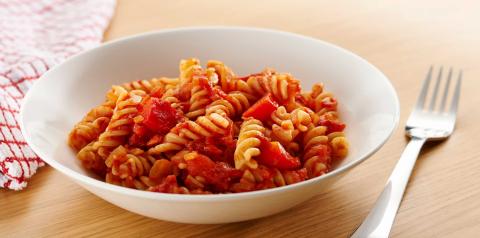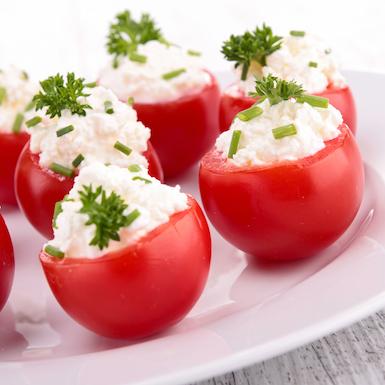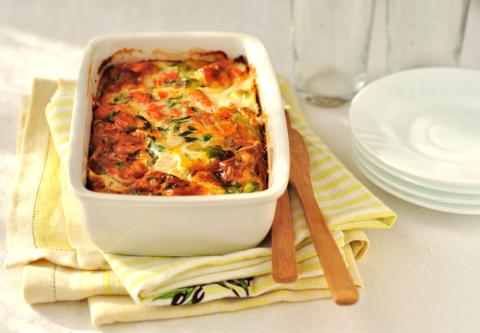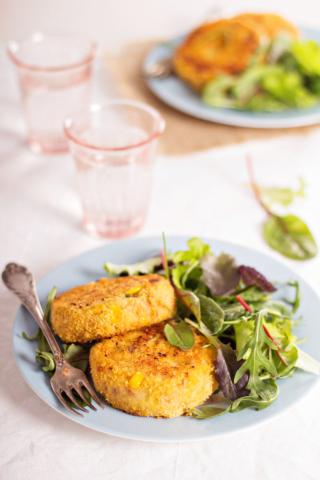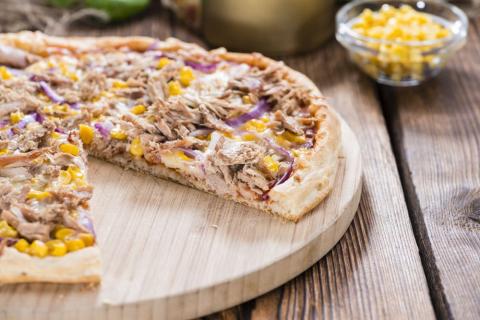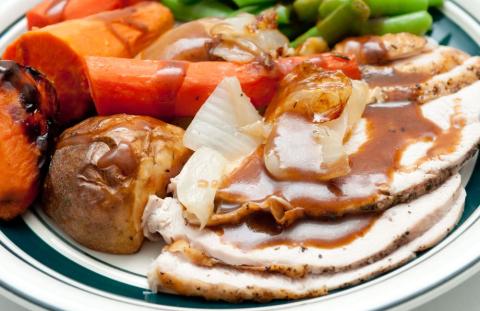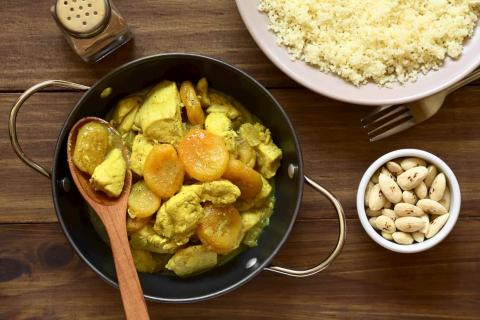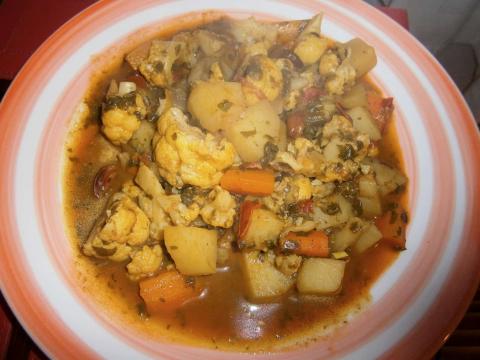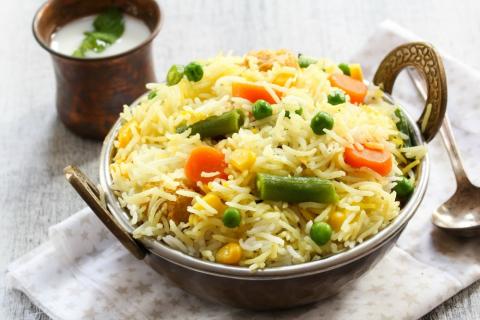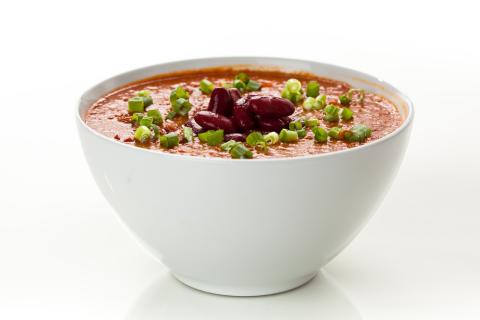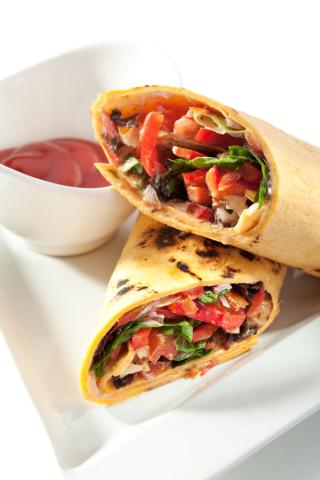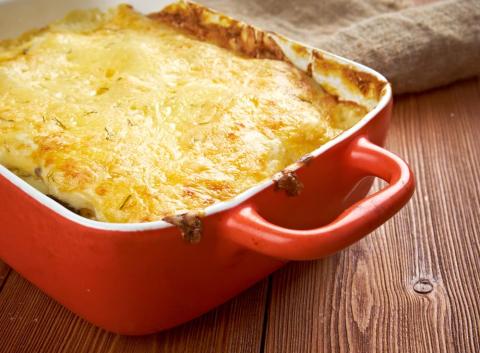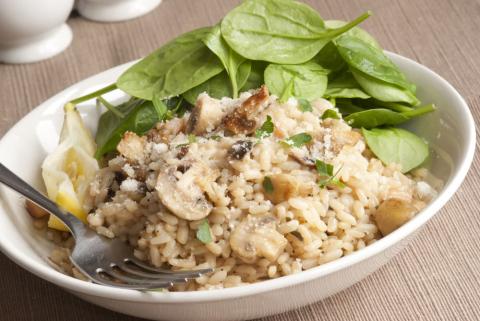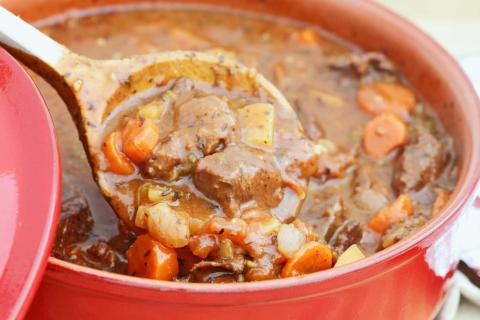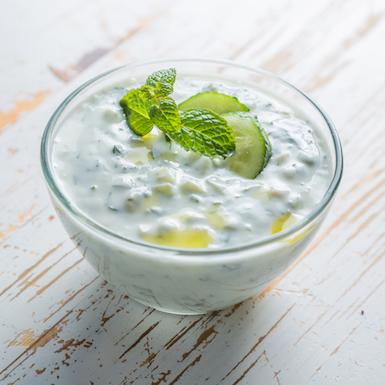- 1 Pack (400g) Diced Lamb
- 1 Tablespoon (15ml) Lime Juice or Juice from 1 Lime
- 1 Teaspoon (3g) Paprika
- 1 Teaspoon (3g) Chilli Powder
- 1 Tablespoon (10g) Vegetable Oil
- 1 (45g) Green Chilli
- 1 Medium (150g) Onion
- 2 (6g) Garlic Cloves or 1 Teaspoon (5g) Garlic Puree
- 1 Piece (20g) Fresh Ginger
- ½ Teaspoon (2g) Ground Turmeric
- 1 Teaspoon (3g) Ground Cumin
- 1 Teaspoon (1g) Dried Coriander Leaf
- 1 Teaspoon (3g) Garam Masala
- 1 Can (200g) Chopped or Plum Tomatoes or Passata
- 1 (160g) Red Pepper
- 1 Medium (85g) Tomato
- 0.3 Pack (85g) Baby Spinach
- (10g) Fresh Coriander
- 1 Mug (300g) Easy Cook Rice
Ingredients
Allergy Disclaimer
Always check the label of each ingredient for allergy warnings.
Method
- Trim any visible fat from the lamb and place in a medium bowl. Mix in the lime juice, paprika and chilli powder. Leave to marinade for a minimum of 15 minutes (if marinading for hours or overnight be sure to place this in the fridge).
- Peel the onion and garlic and chop finely. Peel the ginger and grate. Wash, slice and de-seed the green chilli then chop finely (to de-seed chilli, wash the chilli and cut it in half lengthwise. Remove the seeds and white bit surrounding them). Wash your hands immediately afterwards.
- Heat the oil in a large pan and then add the onion, garlic, ginger and green chilli and fry on a high heat for 3-4 minutes. Add the lamb and fry for a further 2-3 minutes.
- Add the turmeric, cumin, dried coriander and garam masala to the pan, reduce the heat to medium and cook for a further 2 minutes.
- Wash and de-seed the red pepper and chop it into chunks. Wash and chop the tomato.
- Add the chopped tomatoes or passata to the pan along with the red pepper. If using plum tomatoes, chop them up using a spoon when in the pan. Once it starts to bubble, reduce the heat and simmer for 15-20 minutes until the lamb is tender.
- Meanwhile, cook the rice as per manufacturer's instructions.
- Stir the tomato into the curry and simmer for a further 2 -3 minutes, then add the spinach and stir gently until it begins to wilt.
- Serve balti with rice and add chopped coriander to the top if desired.
Time Saver Tips
It’s super time-saving to cook a big batch of balti sauce so you can keep some in the fridge or freezer for later. Just make sure it cools down first and you only reheat it once. That way, all you need to do is fry up some fresh lamb each time. You can let the lamb rest in the sauce beforehand so it’s ready when you come to cook it. It might even taste extra great if you do!
Cost Saver Tips
It’s just as tasty to use any meat such as pork, beef or chicken in this. So why not keep your eyes peeled for any offers, or use cheaper cuts of meat such as whole chicken thighs and dice them yourself? Frozen meat could also be used and is often cheaper - simply defrost it before you use it. This recipe is a great idea for using up any leftover cooked meat from a roast. chicken, turkey or joint – just add it into the sauce to heat through. Just make sure to use up any leftovers within 24 hours. If you don't have lime juice you can swap it for lemon juice. You could even just use chickpeas (400g can in unsalted water) or other pulses for a tasty vegetarian option. A really quick and cheap trick if you don’t have all these different spices in your cupboard is to just use a few heaped teaspoons of mild curry powder instead.
Tips for Kids
If it’s a bit on the spicy side for your wee one, you could try reducing the amount of spices in the dish or take out the green chilli to cool things down a bit next time. One easy idea is to have chilli flakes that you can add at the table for any grownups who like their spice – or if your little one is feeling adventurous!
Nutritional Information
Based on a single serving of 426g (% of an adult's reference intake)
Energy
526 kcals ( 26 %)
2,181 kJ ( 26 %)
Fat
4.2 g ( 21 %)
Saturates
80 g ( %)
Sugar
6.5 g ( 7 %)
Salt
0.3 g ( 5 %)
Detailed nutritional information
| Per 100g | Per 426g serving | |
|---|---|---|
| Energy Kcals | 123 | 526 |
| Energy Kj | 512 | 2,181 |
| Protein | 6.9 g | 29.3 g |
| Total Fat | g | g |
| Saturated Fat | 1 g | 4.2 g |
| Carbohydrates | 18.8 g | 80 g |
| Total Sugars | 1.5 g | 6.5 g |
| NSP Fibre | 0.9 g | 4 g |
| Sodium | 30 mg | 128 mg |
| Salt | 0.1 g | 0.3 g |
Find out about nutritional labelling
Nutrition labels on the front of packaging
- Most of the big supermarkets and many food manufacturers display nutritional information on the front of pre-packed food.
- Front of pack nutrition labels provide information on the number of grams of fat, saturated fat, sugars and salt and the amount of energy (in kJ and kcal) in a serving or portion of a recipe.
- The labels also include information about reference intakes (expressed as a percentage) which are guidelines about the approximate amount of particular nutrients and energy required for a healthy diet.
- The colour coding tells you at a glance if the food has high (red), medium (amber) or low (green) amounts of fat, saturated fat, sugars and salt.
- The more greens on the label, the healthier the choice
- Amber means neither high nor low, so you can eat foods with all or mostly ambers on the label most of the time.
- Reds on the label means the food is high in that nutrient and these are the foods we should cut down on. Try to eat these foods less often and in small amounts.
Food shopping tips
If you’re trying to decide which product to choose, check to see if there's a nutrition label on the front of the pack. This will help you to quickly assess how your choices stack up. You will often find a mixture of red, amber and green colour coding for the nutrients. So when you're choosing between similar products, try to go for more greens and ambers and fewer reds if you want to make a healthier choice.
 Activities & Play
Activities & Play Behaviour
Behaviour Childcare
Childcare Development & Growing Up
Development & Growing Up Family, Friends & Relationships
Family, Friends & Relationships Feeding Your Baby
Feeding Your Baby Food & Eating
Food & Eating Health & Safety
Health & Safety Mental Health & Wellbeing
Mental Health & Wellbeing Money & Work
Money & Work Online Behaviour & Safety
Online Behaviour & Safety Pregnancy & First Days
Pregnancy & First Days School & Education
School & Education Sleep
Sleep

